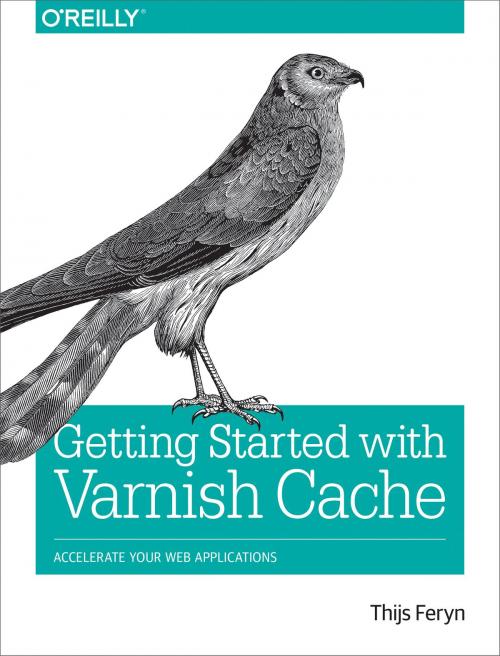Getting Started with Varnish Cache
Accelerate Your Web Applications
Nonfiction, Computers, Operating Systems, Internet, Web Development, Programming| Author: | Thijs Feryn | ISBN: | 9781491972175 |
| Publisher: | O'Reilly Media | Publication: | March 13, 2017 |
| Imprint: | O'Reilly Media | Language: | English |
| Author: | Thijs Feryn |
| ISBN: | 9781491972175 |
| Publisher: | O'Reilly Media |
| Publication: | March 13, 2017 |
| Imprint: | O'Reilly Media |
| Language: | English |
How long does it take for your website to load? Web performance is just as critical for small and medium-sized websites as it is for massive websites that receive tons of hits. Before you pour money and time into rewriting your code or replacing your infrastructure, first consider a reverse-caching proxy server like Varnish. With this practical book, you’ll learn how Varnish can give your website or API an immediate performance boost.
Varnish mimicks the behavior of your webserver, caches its output in memory, and serves the result directly to clients without having to access your webserver. If you’re a web developer familiar with HTTP, this book helps you master Varnish basics, so you can get up and running in no time. You’ll learn how to use the Varnish Configuration Language and HTTP best practices to achieve faster performance and a higher hit rate.
- Understand how Varnish helps you gain optimum web performance
- Use HTTP to improve the cache-ability of your websites, web applications, and APIs
- Properly invalidate your cache when the origin data changes
- Optimize access to your backend servers
- Avoid common mistakes when using Varnish in the wild
- Use logging and debugging tools to examine the behavior of Varnish
How long does it take for your website to load? Web performance is just as critical for small and medium-sized websites as it is for massive websites that receive tons of hits. Before you pour money and time into rewriting your code or replacing your infrastructure, first consider a reverse-caching proxy server like Varnish. With this practical book, you’ll learn how Varnish can give your website or API an immediate performance boost.
Varnish mimicks the behavior of your webserver, caches its output in memory, and serves the result directly to clients without having to access your webserver. If you’re a web developer familiar with HTTP, this book helps you master Varnish basics, so you can get up and running in no time. You’ll learn how to use the Varnish Configuration Language and HTTP best practices to achieve faster performance and a higher hit rate.
- Understand how Varnish helps you gain optimum web performance
- Use HTTP to improve the cache-ability of your websites, web applications, and APIs
- Properly invalidate your cache when the origin data changes
- Optimize access to your backend servers
- Avoid common mistakes when using Varnish in the wild
- Use logging and debugging tools to examine the behavior of Varnish















